Before electricity, survival demanded skill, planning, and old-world ingenuity. Across different times and places, people learned how to store food through winter, drought, or disaster without relying on refrigeration. Native American tribes, early American pioneers, and today’s Amish communities all developed techniques to preserve food that still work for modern preppers. If you are planning for a grid-down scenario or just looking to become more self-reliant, these methods still apply.
Native American Food Preservation
Native Americans were masters of resourceful food storage. Depending on their region, they dried, smoked, cached, and sealed food to get through seasons of scarcity.
Tribes across the plains and woodlands used underground cache pits. These were hand-dug storage holes often shaped like a jug, with a narrow top and wide bottom, lined with grass or animal hides to insulate the contents. They would store dried corn, squash, beans, and seeds. Once sealed with a skin or plug of grass and dirt, these pits stayed cool and pest-resistant.
Smoking was another essential method. In areas without salt, tribes made jerky by slicing meat thin, trimming off fat, and slow-drying it over a low fire. Smoked fish, such as salmon, were dried in shelters using hardwood smoke that kept away insects and prevented spoilage.
One of the most efficient foods was pemmican, made by drying meat, pounding it into powder, mixing it with melted fat, and storing it in sealed pouches. Sometimes berries were added for flavor. This nutrient-dense, shelf-stable food could last over a year. In cold regions, some tribes also used frozen ground or snow to store meat and fish. While some fermented fish in the ground for flavor, others used permafrost as a natural freezer.
You can replicate many of these techniques. You can build a small root cellar, dry meat into jerky, or learn to make pemmican. These methods require no power, just skill and patience. Properly dried meat and sealed fat can give you protein for months. Cache pits still make sense today as backup food storage if buried in the right soil and container.
Pioneer Food Storage Methods
When settlers pushed west, they had to preserve food for entire winters without power. They borrowed from European traditions and learned new methods on the frontier.
Root cellars were standard. Dug into hillsides or under homes, they used earth’s natural insulation to stay around 50°F year-round. Pioneers stored potatoes, apples, turnips, carrots, and canned goods. Straw or sawdust helped insulate produce from moisture and freezing. A well-maintained root cellar meant you could harvest in fall and still eat fresh vegetables in spring.
Meat was preserved by salting and smoking. Pioneers would butcher animals in cool weather and either dry salt or brine the meat. Brining involved soaking meat in strong saltwater in wooden casks. After curing, meat was hung in a smokehouse. A slow fire of hardwoods smoked the meat over several days or weeks. The smoke added flavor and chemicals that protected the meat from bacteria and bugs. Hams, bacon, and sausages could hang in the smokehouse or cool storage for months.
Pioneers also buried supplies in caches. Explorers like Lewis and Clark hid food and tools in deep pits lined with dry materials. Sometimes settlers buried clay jars filled with beans or jerky, especially if they were on the move or feared theft. This idea survives today in modern prepper caches sealed in buckets or tubes.
Spring houses were early refrigerators. Built over a cold water spring, they stored perishables like milk and butter in clay jugs set directly in the water. Cold water kept these items fresh longer than outdoor air. Ice houses were another solution. In winter, blocks of lake ice were cut and packed in sawdust inside insulated pits or buildings. A good ice house could keep ice until late summer, cooling milk or meat as needed.
If you are off-grid today, you can still make use of these methods. A root cellar is one of the best no-electricity investments. Even a buried barrel or trash can can serve in milder climates. Salt curing and smoking meat still works. It takes time to learn the process, but you end up with shelf-stable protein. If you want ready-to-go options while building skills, canned survival meat with long shelf life is a reliable addition to any storage plan.
Amish Food Preservation Today
If you want to see old methods still in action, visit an Amish farm. Without grid power, the Amish rely on traditional food preservation techniques that closely resemble those of their pioneer ancestors.
Root cellars and cold pantries are common. Many Amish homes include a cold room on the north side or underground cellars where produce and canned goods are stored. These spaces are kept cool with passive ventilation and thermal mass. Amish families store vegetables in bins of sand or sawdust and stack home-canned jars on shelves lining the walls.
Canning is a cornerstone of Amish food storage. Fruits, vegetables, pickles, meats, and sauces are pressure canned or water-bath sealed in Mason jars. These sealed jars need no refrigeration and can last over a year. During summer and fall, canning is a daily task, preparing hundreds of quarts for the winter.
Meat is often salt-cured and smoked. Hogs are butchered in the fall and the meat is rubbed with a mix of salt, sugar, and spices. After curing, the meat is smoked in a small shed. This gives it not just flavor, but long-term preservation. Hams or bacon can hang in storage rooms for months, ready to be cooked as needed.
Some Amish still use ice houses, cutting blocks of ice from frozen ponds and storing them in sawdust-insulated sheds. These blocks cool kitchen iceboxes or are used in dairies to keep milk fresh. In areas with running springs, Amish families may use spring water to cool milk or produce.
These methods show that nineteenth-century preservation works in the twenty-first century. You do not need electricity to store food if you understand natural insulation, air flow, and traditional skills.
Practical Tips for Modern Times
There is no need to rely only on freezers and fridges. These proven methods can protect your food during outages or grid-down emergencies. Here is how to start:
- Build a root cellar or cold pantry. Even a basement corner insulated and vented properly can store produce at stable temperatures.
- Learn to can. Use tested recipes and follow safety guidelines, especially when pressure canning meat.
- Practice smoking and salt-curing. Start with small cuts of meat. A simple smoker or even a barrel setup can work. Always store plenty of salt, since it lasts forever and is critical for curing.
- Cache supplies. Use weatherproof containers like sealed buckets or food-grade PVC tubes to hide emergency stores.
- Use natural cold. If you live in a cold climate, freeze containers of water outside in winter and store them in a chest. Use them in a cooler to keep milk, eggs, or leftovers from spoiling.
- Experiment with spring cooling. If you have a cold stream or spring, set up a submerged container or box to cool perishables.
These are not just emergency tricks. They can be part of your everyday homestead routine. Food preserved this way is low-energy, long-lasting, and often more nutritious than store-bought versions. More importantly, these methods reduce your dependence on fragile supply chains and electric power.
Conclusion
From Native Americans to pioneers to modern Amish communities, traditional food preservation methods have stood the test of time. Underground cellars, smokehouses, salted meat, spring water storage, and cold rooms all work without power. They worked 200 years ago and they work today.
If you are prepping for emergencies, trying to live off-grid, or just want more control over your food supply, learn these skills. They provide a connection to the ways your ancestors survived. In a world where grid failure is a real possibility, these low-tech, high-value methods may become essential once again.
Others Are Watching Now:

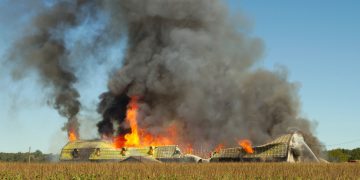
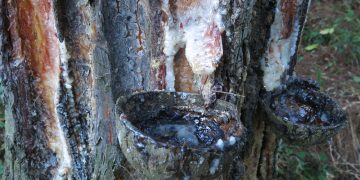


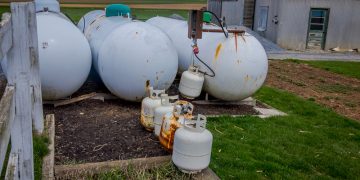


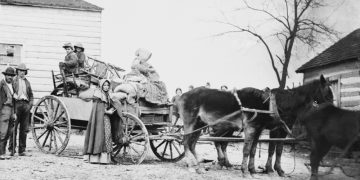

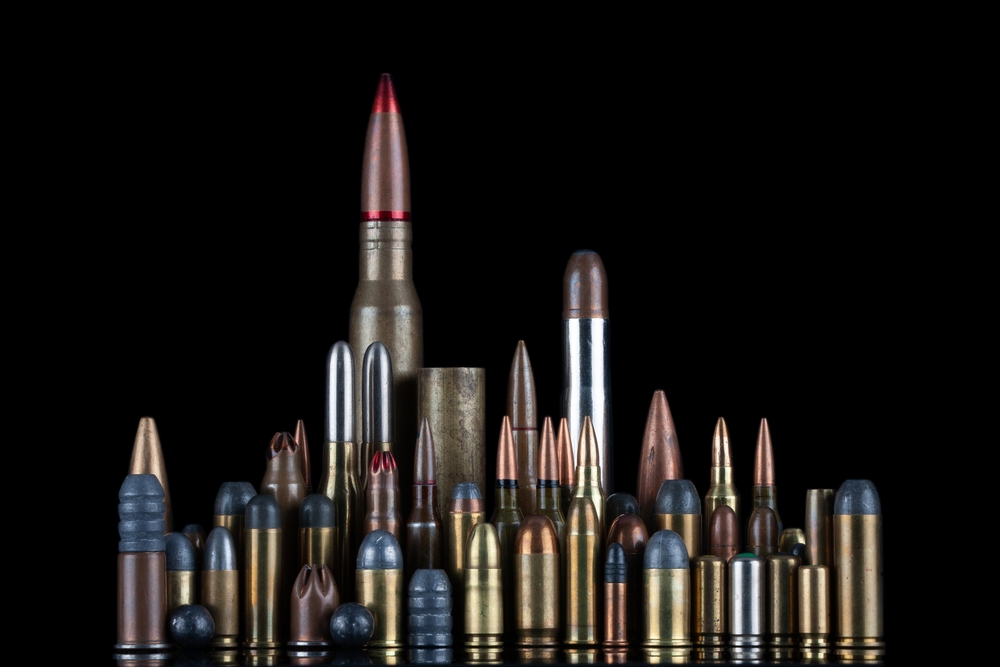



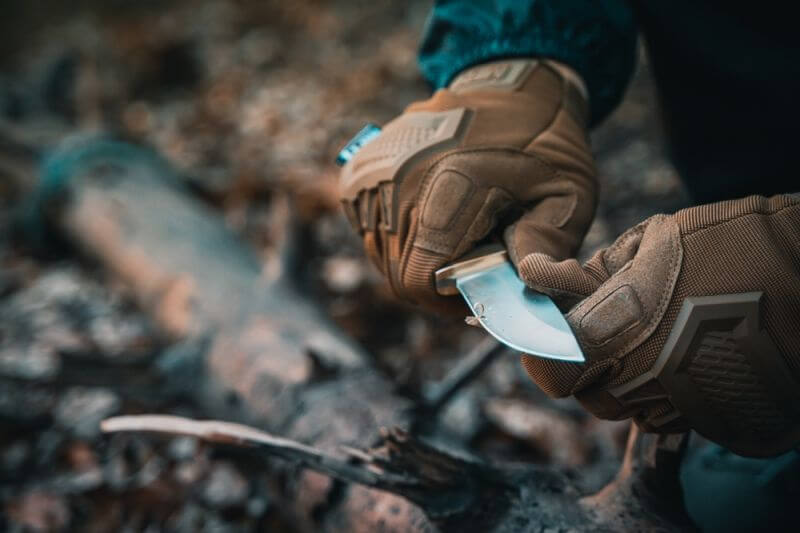




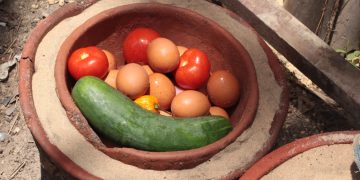

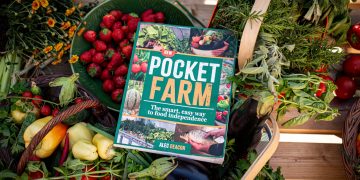

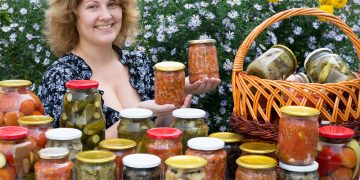


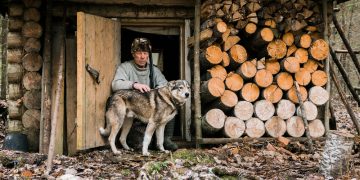


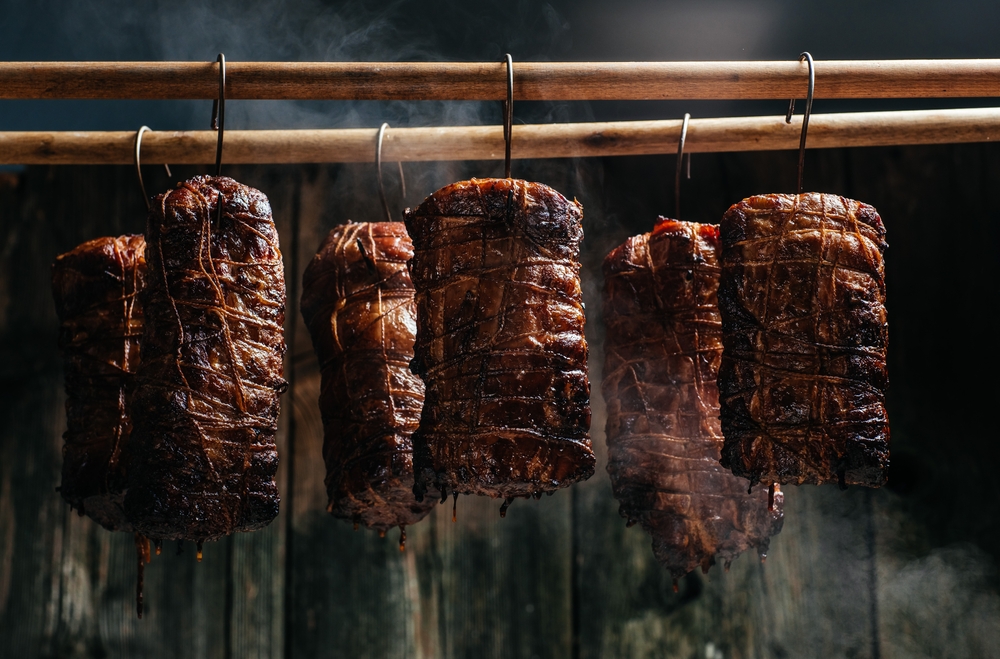











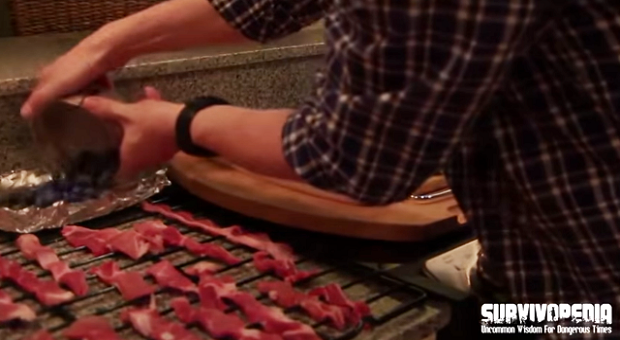




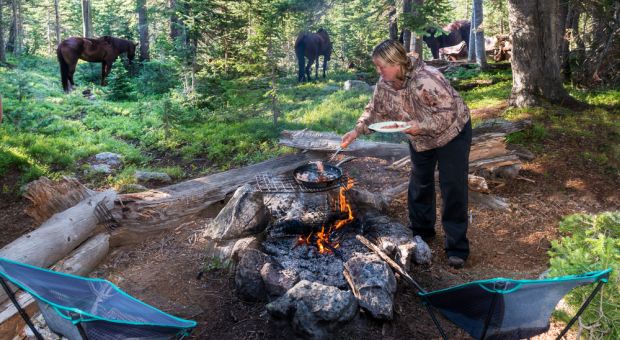

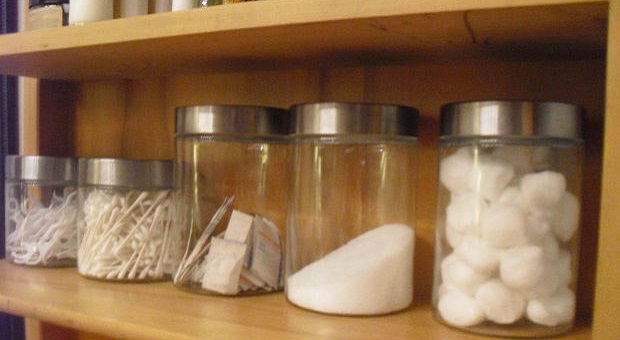
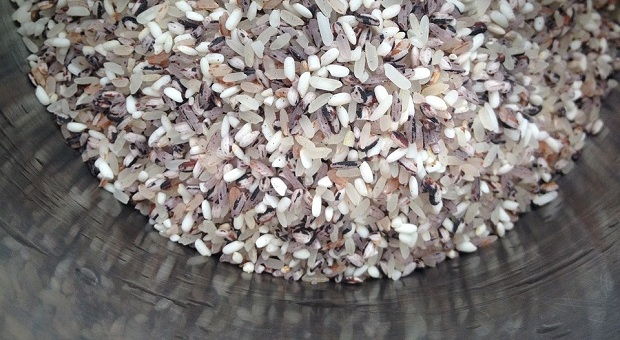

















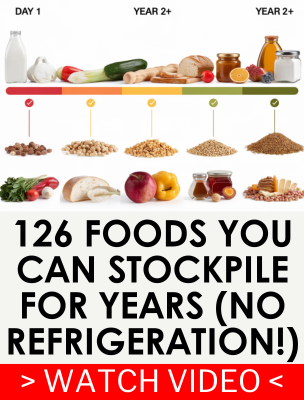
























I have some of this from growing up on the farm. I want to learn more. These clips are very interesting. Let me know more in your clips.